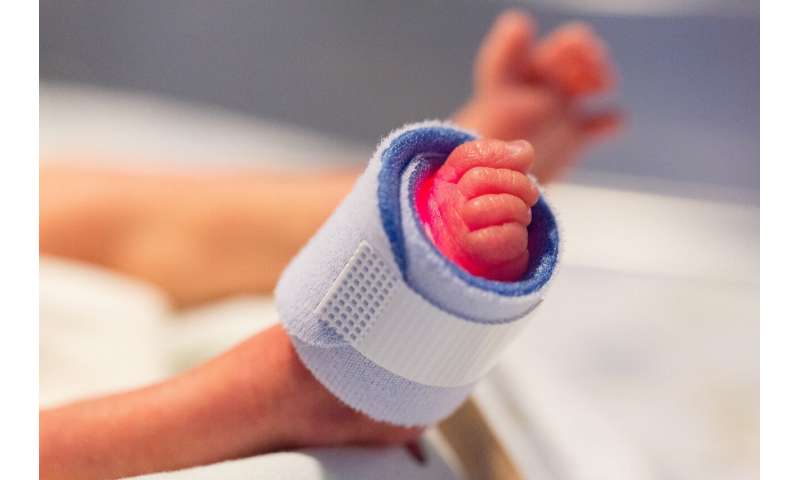Children born preterm are more likely to be placed outside the home

Children born prematurely, i.e. before week 37, are more likely to be placed outside the home as a supportive child welfare measure than their full-term counterparts, according to a population study conducted by the Finnish Institute for Health and Welfare (THL). The more premature a child is born, the greater the probability that the child will be placed outside the home.
In terms of the entire Finnish population, approximately three out of one hundred children are placed outside the home at some stage of their childhood. The present study indicates that children born preterm are at least one and a half times more likely to be placed outside the home than others.
The likelihood is slightly higher also for children born close to term, i.e. born at 37-38 weeks of gestation. The risk is highest during early childhood (aged 0-5 years), as this is a very straining time for family life. The study found no difference between children born at different weeks of gestation in cases where a child was placed outside the home at the age of over five.
The increased probability of being placed outside the home is not explained by factors sometimes related to prematurity, such as the socioeconomic status of the parents, age of the parents, or the number or age difference of siblings. Moreover, prenatal disorders in the mother or chronic illnesses in the born child have no effect, either.
“Based on this study, prematurity in itself seems to be an independent risk factor for adversity in early childhood,” says Professor Eero Kajantie, who is in charge of the study.
For the first time, the impact of premature birth on the risk of being placed outside the home is studied in a way that considers all levels of prematurity, ranging from moderate to extreme preterm, as well as the child’s age during the first placement.
Timely and accessible support can prevent problems in families
The study does not give a direct explanation for why children born preterm and close to term are placed outside the home more likely and at a younger age than others.
“When a child is born preterm, the parents can, for example, feel that their resources, hopes and expectations do not match the challenges of early childhood caused by preterm birth. During the first year, caring for even a moderately preterm infant is substantially different than caring for a full-term child,” says Researcher Suvi Alenius.
Families are not necessarily aware of the available support and services, or these measures may be found shattered and difficult to access. Getting support often requires justifications and an active approach from the parents, for which many may not have the time or resources in their stressful situation.
“It would be important for the social welfare and health care services and, for example, the day care services to better acknowledge that premature birth is a risk factor for abnormal events in early childhood. Timely and easily accessible support can avert problems from occurring in families and, for example, prevent the need for child welfare measures,” says Alenius.
Source: Read Full Article
